Art Books...Sort Of
I read Ms. Hannah Is Bananas! by Dan Gutman as part of my continuing survey of books for readers in the lower grades. Oddly enough, though this book is part of a series, My Weird School I wasn't actually able to find reviews of it. Promotional material but not reviews. Whatever that means.
I thought this was a well-intentioned book. It exposes kids to terms like modern art, performance art, and kinetic sculptures. If I were the mom of young children, I'd definitely be bringing this book home from the library for them.
However, like so many kids' books, it's written in the first person. And, personally, I find that a lot of these first person narrators sound alike, with somewhat forced humor developed around the idea that adults are weird. Even though that is the case, the sameness of all these books means that not much stands out in the field.
I can't tell whether or not Girl With a Pearl Earring by Tracy Chevalier was written as a Young Adult book, but the Young Adult Library Services Association named it a best book for 2001 so that justifies me writing about it here. I just finished it this morning. It qualifies as an art book as far as I'm concerned not just because it claims to be about Vermeer's maid, but because that maid could talk intelligently about the art she saw in Vermeer's studio. At least to this ignorant reader it sounded as if she did. The period detail in this book is marvelous. Not because I know all about the period and can assure you that it's authentic but because the writing is so good that I didn't feel that I was reading a historical novel. I didn't feel that a lot of historical research was being stuffied down my throat. I very much liked Griet, the main character, and I like how her life turned out. This is a strong young woman who did what was best for herself.
So there, folks, I liked a book.
Today's Thoughts About Lizard Motel
Just today at Readerville someone asked "What is a problem novel?" I opened up Welcome to Lizard Motel to a passage I'd marked and what did I find but a description, quoting and paraphrasing Sheila Egoff> Feinberg says:
She defines the problem novel as a subgenre of the realistic adolescent novel: it tends to be narrower in focus, less rich in narrative scope, and at times feels "as if the writers had begun with the problem rather than the plot or characters." The problem novel is most often about a "child defined by the terminology of pain."
Feinberg gives characteristics of the novel, again paraphrasing Egoff, some of which are: an alienated protagonist hostile toward adults, often a first-person narrator, often told in the vernacular, dialogue predominates, settings often urban, parents are absent, either physically or emotionally.
I wish the book had an index so I could see if she talks more about the "problem novel" in other places. But it doesn't. So I'll just have to see what more she has to say about definitions, characteristics, significance, and on and on. I also wish that if this definition is bogus, her critics had picked her up on it and given a correct one. But to my knowledge, they didn't.
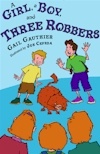
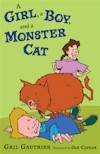
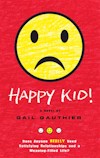
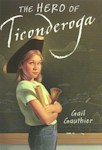
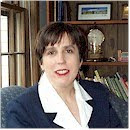



0 Comments:
Post a Comment
<< Home